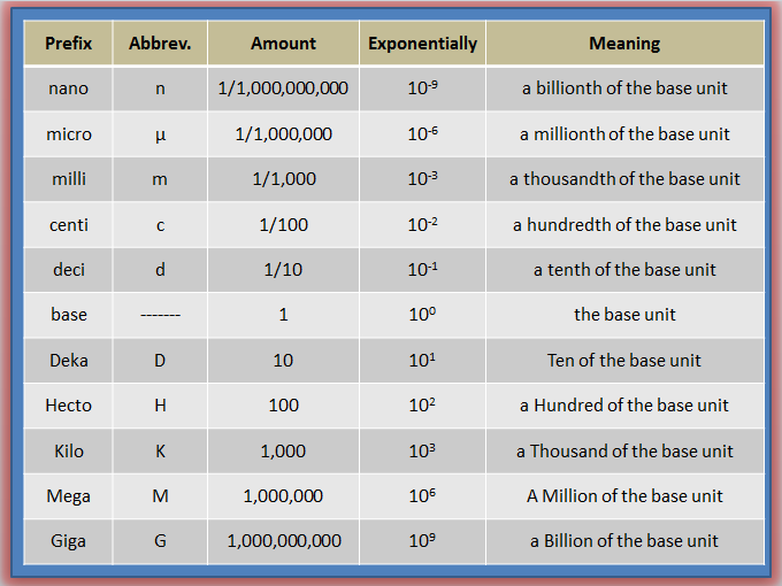ETYMOLOGY OF MEASUREMENT
The word "measure" comes from the Latin word "mensura" and from the Greek word "metron". Measurement and its practical applications have been present in all human civilization, in ancient Mesopotamia, Egypt, India, China, Greece, and Rome.
MEASUREMENT DURING THE ANCIENT TIME
Ancient Egypt
 |
| Egyptians used most of their body parts to measure. |
Please visit the link below for early units and standards, texts include ancient way of measurement of other early civilizations.
The lack of unity in the use of these units of measure, especially in the fields of trade and commerce led to the standardization of these units of measure.
THE ENGLISH SYSTEM/CUSTOMARY UNITS OF MEASUREMENT
The Industrial Revolution of the 18th century, which was characterized by the rapid growth in commerce, trade, industry, science and technology, hastened the shift of some countries from the use of English System or local system of measurement to a more convenient system.
THE METRIC SYSTEM OF MEASUREMENT
The birth of the Metric System occurred in France in the latter part of the 18th century. the French Academy of Sciences formed a committee of scientists, headed by Joseph-Louis Lagrange (1763-1813), to develop a standard system of weights and measures. The committee, after scientific considerations of various possibilities, recommended the metric system-a system of measures based on the powers of ten.

In 1793, France became the first country to adopt the metric system when its use become mandatory. The introduction of the metric system met the usual resistance to reform. It took several international conferences to come up with a complete system of measurements logically derived from the definition of a single unit.
In 1960, in the 11th General Conference on Weights and Measures, a modern metric system was founded on six base units and was designated as the International System of Units (SI). These SI units, expanded to seven in 1971.

Let me know what you have in mind by answering one of the following questions:
1. In the Early Philippine Community Life, parts of the human body were also used to measure length. Could you name and define/describe one?
2. What do you think is the role of Measurement in the globalization movement?
3. What are the advantages of Metrication?
Please watch the video and find time to visit the links below to further understanding
on the "Historical Development of Measurement"
on the "Historical Development of Measurement"
Measurement System
History of Measurement
Texts taken from the book of Fernando B. Orines and Catalina B. Manalo (Next Century Mathematics:ELEMENTARY ALGEBRA)

